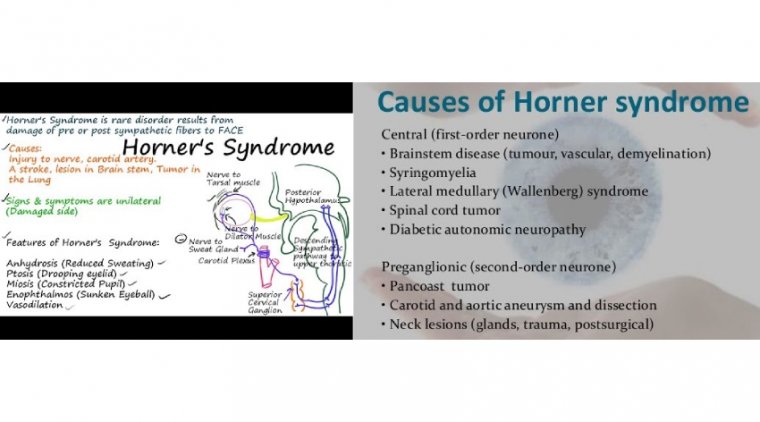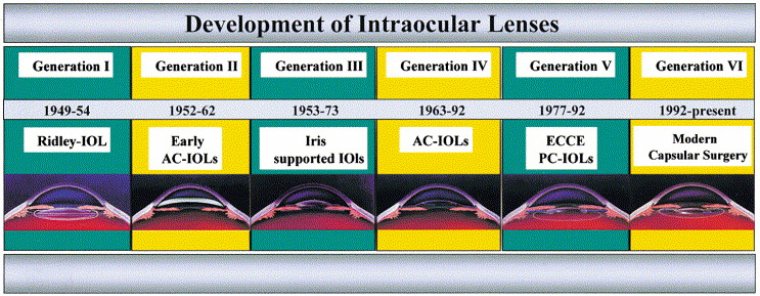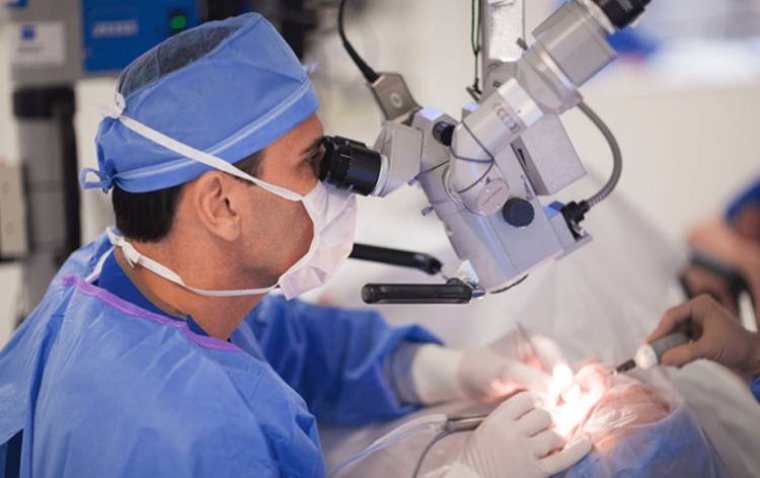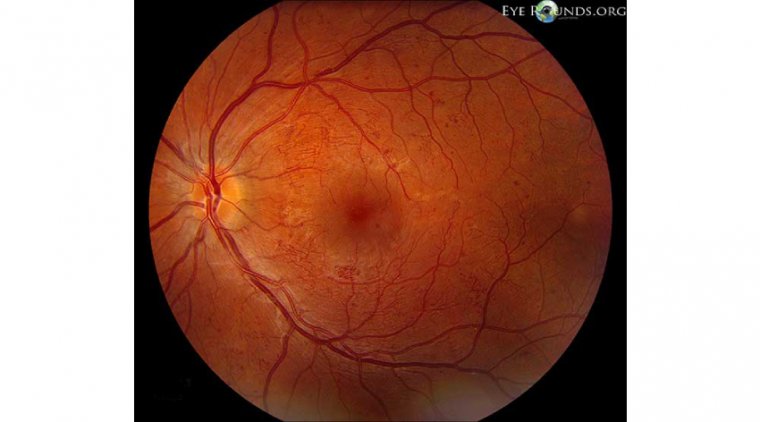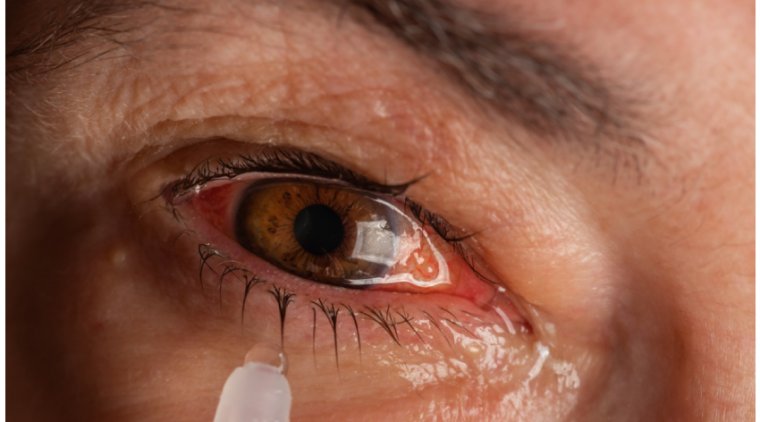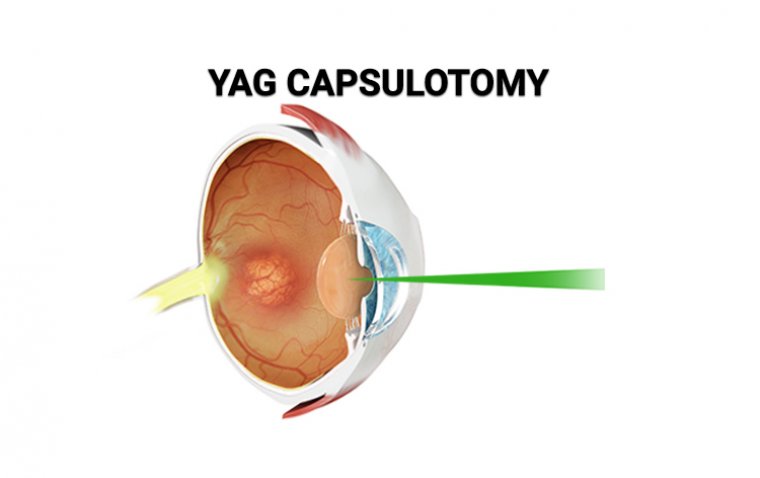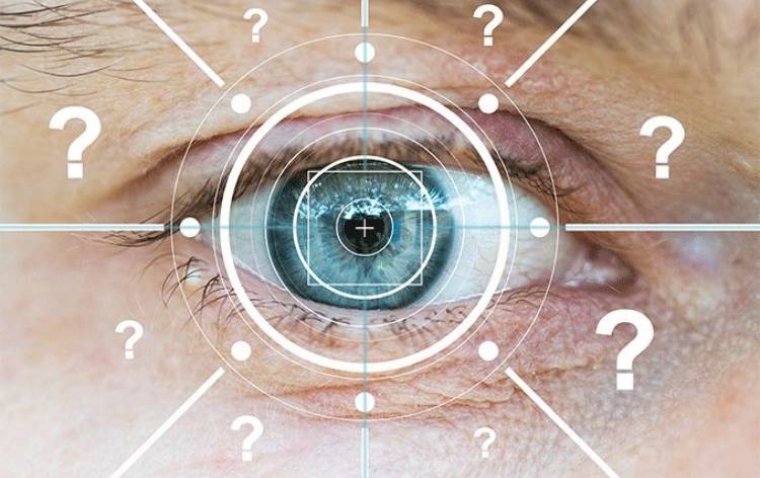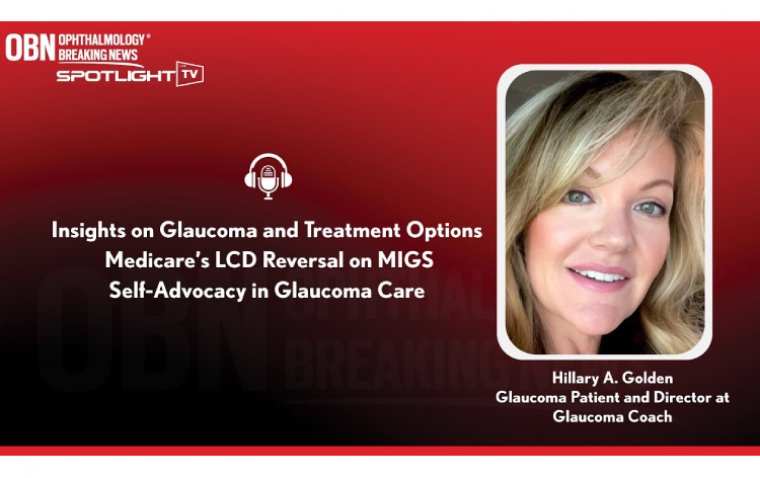
Dysphotopsia: Visual Phenomena After Cataract Surgery
What Is Dysphotopsia?
Dysphotopsia, a term often sending shivers down the spine of even the most experienced ophthalmologists, refers to a spectrum of visual disturbances that patients may experience following cataract surgery. It is derived from the Greek words 'dys' meaning bad or difficult, and 'opsis' referring to vision. Although cataract surgery has a high success rate and is typically associated with improved vision and quality of life, dysphotopsia can be an unexpected and baffling side effect.
These visual disturbances generally manifest as unusual, often distracting, light phenomena. Patients may describe them as streaks, shadows, halos, starbursts, or even arcs of light occurring around the periphery of their visual field.
Types of Dysphotopsia
Dysphotopsia can be divided into two primary categories: positive dysphotopsia and negative dysphotopsia.
● Positive Dysphotopsia
Positive dysphotopsia is so-named because patients perceive an excess of light-based phenomena, leading to unusual and often distracting visual experiences. It may present as an array of halos, starbursts, or streaks of light. The primary suspected culprit behind positive dysphotopsia is the interplay of light with the intraocular lens (IOL) implanted during cataract surgery. Various factors can influence its occurrence, including the design, positioning, and material of the IOL, and the individual's pupil size.
This type of dysphotopsia often resolves itself within weeks to months as the brain learns to adapt and ignore these added light phenomena, a process known as neuroadaptation. However, in some cases, it can persist and require management.
● Negative Dysphotopsia
Negative dysphotopsia paints a darker picture. Patients report perceiving a dark shadow or an arc in their peripheral vision, often described as if a curtain has been drawn. This type of dysphotopsia typically presents in the temporal visual field and is most noticeable against bright backgrounds or in bright lighting conditions.
The mechanism of negative dysphotopsia is not yet fully understood, though various theories have been proposed. Some of these include the optical edge effect of the IOL, the relative position of the IOL and the posterior capsule, and the individual's vitreous status.
What Causes Dysphotopsia?
Unraveling the causative factors of dysphotopsia is like trying to capture a ray of light – it requires precise understanding and careful consideration of the complex interplay between the intraocular lens (IOL) and the visual system.
1. Interaction between the IOL and the Visual System
● A fundamental cause of dysphotopsia lies in the interaction of light with the IOL, which can lead to either positive or negative dysphotopsia. In the case of positive dysphotopsia, abnormal reflection, refraction, or diffraction of light through the IOL can create distracting visual phenomena.
● On the other hand, negative dysphotopsia may arise from an optical shadow effect, potentially caused by the IOL edge, the position of the IOL, or the natural curvature of the patient's eye.
Risk Factors for Dysphotopsia
Some factors may increase the likelihood of experiencing dysphotopsia post-cataract surgery, including:
● IOL design: Certain designs, especially those with sharp, square edges, may be more likely to induce dysphotopsia. Similarly, the material of the IOL (e.g., hydrophilic or hydrophobic acrylic) can affect the light interaction and potentially contribute to dysphotopsia.
● IOL positioning: Improper positioning or tilting of the IOL could lead to dysphotopsia. In the case of negative dysphotopsia, it has been suggested that a more posteriorly placed IOL may reduce the risk.
● Patient factors: The unique anatomy of the patient's eye, such as the anterior chamber depth, can contribute to the occurrence of dysphotopsia. Additionally, larger pupil sizes have been associated with an increased incidence of positive dysphotopsia.
Understanding the causes and risk factors of dysphotopsia is like solving a complex puzzle. Each piece - be it the IOL design, the patient's anatomy, or the interplay of light within the eye - plays a vital role in forming the complete picture. Only by shedding light on these causes can we hope to illuminate the path towards effective management of dysphotopsia.
Symptoms of Dysphotopsia
In the vast canvas of visual experiences, dysphotopsia etches distinct, often unwelcome patterns. The symptoms can vary widely, depending on whether the patient is dealing with positive or negative dysphotopsia.
Positive Dysphotopsia
Patients with positive dysphotopsia perceive an addition to their visual field in the form of unexpected light phenomena. Commonly reported symptoms include:
● Halos: Rings or circles of light that appear around a light source.
● Starbursts: Radiating spikes of light extending out from a light source.
● Glare: An uncomfortable brightness or scattering of light.
● Streaks: Lines or streaks of light that seem to radiate from a light source.
These visual phenomena may be more pronounced in certain lighting conditions, such as at night or when viewing bright lights. They can cause significant distraction and discomfort, affecting patients' day-to-day activities like reading, driving, or watching television.
Negative Dysphotopsia
On the other end of the spectrum, negative dysphotopsia paints a shadowy image. It is characterized by:
● Dark shadows: Patients often describe a dark curtain or arc in their peripheral vision, typically in the temporal field.
● Missing areas in visual field: These missing or distorted areas may be more noticeable against bright backgrounds or in bright lighting conditions.
● Negative dysphotopsia can be particularly disconcerting for patients, as the dark shadow seems to appear out of nowhere, disrupting their otherwise clear field of vision. It's as if they're looking at the world through a camera with an obstructed lens, partially obscuring the beautiful view before them.
How to Treat Dysphotopsia
Treatment for dysphotopsia is like adjusting the focus on a camera – it requires precision, patience, and a clear understanding of the problem at hand. The treatment strategy can vary from conservative management approaches to more aggressive surgical interventions, depending on the severity of the symptoms and their impact on the patient's quality of life.
Conservative Management Strategies
In many cases, dysphotopsia is transient and resolves on its own over time as the brain learns to adapt to the new visual patterns, a phenomenon known as neuroadaptation. During this process, the following strategies may help:
1. Patient education: Reassurance and explanation about the temporary nature of the symptoms can be therapeutic in itself. It's important to inform patients about the potential for neuroadaptation and that symptoms may gradually lessen over time.
2. Adaptation techniques: Certain changes in daily routines or behavior can help minimize the impact of dysphotopsia. For instance, adjusting lighting conditions, wearing sunglasses outdoors, or using eye drops to constrict the pupil size may help alleviate some symptoms.
3. Observation and follow-up: Regular follow-up visits can help monitor the progression of symptoms and ensure any persistent or worsening dysphotopsia is promptly addressed.
Surgical Interventions
In rare cases where dysphotopsia symptoms are severe, persistent, or significantly impact a patient's quality of life, surgical interventions may be considered:
1. IOL exchange or repositioning: If the IOL is identified as a contributing factor, it may be beneficial to replace or reposition the lens. However, it's important to consider the potential risks associated with additional surgical procedures.
2. Edge smoothing or roundings: In cases of negative dysphotopsia, modifying the IOL edge to make it less sharp or more rounded has been suggested.
3. Capsulotomy: A peripheral capsulotomy may also be considered in some cases of persistent negative dysphotopsia.
Like adjusting the aperture of a camera to capture the perfect shot, treating dysphotopsia requires a careful balance of patience, expertise, and sometimes, intervention. By tailoring the treatment approach to each patient's unique experience, we can help bring their world back into clearer focus.
Importance of Patient Education and Counseling in Dealing with Dysphotopsia
A well-informed patient is not only a more prepared patient, but often a more patient patient. This holds particularly true when navigating the uncertain waters of dysphotopsia. With comprehensive patient education and counseling, we can help demystify this complex postoperative phenomenon and empower patients to better manage their symptoms.
Preoperative and Postoperative Patient Education
Setting clear expectations before surgery and providing thorough postoperative guidance is crucial in managing dysphotopsia:
Preoperative counseling: Educating patients about the possibility of experiencing dysphotopsia after cataract surgery is an essential part of preoperative counseling. This knowledge can alleviate fear and anxiety if such symptoms do occur postoperatively.
Postoperative guidance: After surgery, explaining to patients what they are experiencing and why it is happening can be immensely reassuring. A detailed discussion about the expected course of dysphotopsia, the possibility of spontaneous resolution, and potential treatment options can greatly improve patients' coping abilities.
Managing Dysphotopsia-Related Symptoms
Empowering patients with tips and strategies to manage their symptoms can significantly improve their quality of life:
● Adaptive strategies: Simple measures such as adjusting indoor lighting, wearing sunglasses in bright light, or using pupil-constricting eye drops can help reduce the intensity of dysphotopsia symptoms.
● Lifestyle adjustments: In some cases, patients may need to modify certain activities (such as night driving or reading in low light) until the symptoms improve.
● Psychological support: For patients experiencing persistent or distressing symptoms, psychological support or counseling can be beneficial.
Is There Any Way to Prevent Dysphotopsia?
Just as a photographer carefully adjusts their lens to prevent unwanted glare or distortion, we as ophthalmologists can adopt certain strategies to reduce the risk of dysphotopsia following cataract surgery. Although completely preventing dysphotopsia may not be possible due to its multifactorial nature, careful preoperative evaluation and surgical planning can certainly minimize its occurrence.
Proper Patient Selection and Preoperative Evaluation
A thorough preoperative evaluation is critical to identify patients who may be at a higher risk for dysphotopsia:
● Patient history and examination: A detailed patient history and comprehensive ocular examination can help identify risk factors for dysphotopsia, such as a large pupil size or deep anterior chamber.
● Patient counseling: Discussing the possibility of dysphotopsia with all patients preoperatively can help set appropriate expectations and prepare them for potential postoperative symptoms.
Appropriate IOL Selection and Surgical Techniques
The choice of IOL and the surgical technique employed can influence the likelihood of dysphotopsia:
● IOL design and material: Selecting an IOL with a design and material that has a lower risk of dysphotopsia can be beneficial. For example, IOLs with round edges or made of certain materials may be less likely to induce dysphotopsia.
● Surgical technique: Emphasizing a centred and well-positioned IOL can help prevent dysphotopsia. Furthermore, avoiding unnecessary manipulation of the IOL during surgery may reduce the risk.
Regular Postoperative Follow-up
Maintaining regular postoperative follow-up appointments is crucial to monitor for dysphotopsia and address any concerns promptly. If dysphotopsia does occur, early detection and management can improve patient comfort and satisfaction.
(1).jpg)
